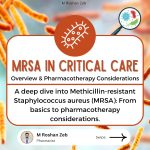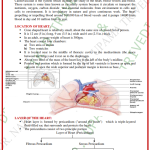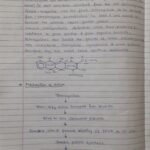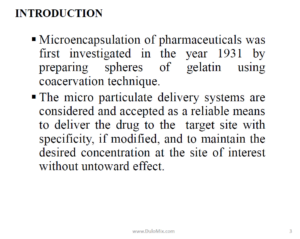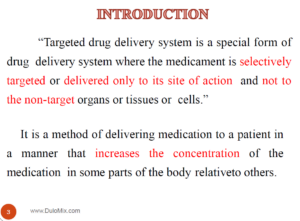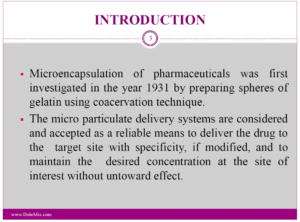NIOSOMES
1ST M.PHARM
PHARMACEUTICS
www.DuloMix.com
DEFINATION
Niosomes are synthetic microscopic vesicles consisting of an
aqueous core enclosed in a bi layer consisting of cholesterol
and one or more nonionic surfactants.
Vesicles are prepared from self assembly of hydrated non
ionic surfactants molecules
www.DuloMix.com
STRUCTURE OF NIOSOMES
A typical Niosomal vesicle consist of a vesicle forming
amphiphile i.e. a non-ionic surfactant such as Span-60, which
is usually stabilized by the addition of cholesterol and a small
amount of anionic surfactant such as dicetyl phosphate, which
also helps in stabilizing the vesicle.
Niosomes are microscopic lamellar structures, which are
formed on the admixture of non-ionic surfactant of the alkyl
or dialkyl polyglycerol ether class and cholesterol with
subsequent hydration in aqueous media
www.DuloMix.com
www.DuloMix.com
COMPOSITIONS OF NIOSOMES
The two major ingredients or components are used for the
preparation of niosomes:
1. Cholesterol: – It provides rigidity and proper shape,
conformation to the niosomes preparations.
2. Non-ionic surfactants:-Surfactants play an important role
in the preparation of niosomesThe following non-ionic
surfactants are generally used for the preparation of niosomes.
e.g. 1. Spans (span 60, 40, 20, 85, 80) 2. Tweens (tween 20,
40, 60, 80) and 3. Brijs (brij 30, 35, 52, 58, 72, 76)
www.DuloMix.com
TYPES OF NIOSOMES
The niosomes are classified as a function of the number of bilayer
and size as
i) Multi lamellar vesicles (MLV),
ii) Large unilamellar vesicles (LUV),
iii) Small unilamellar vesicles (SUV).
Multilamellar vesicles (mlv):
It consists of a number of bilayer surrounding the aqueouslipid
compartment separately. The approximate size of these vesicles is
0.5-10 µm diameter. Multilamellar vesicles are the most widely
used niosomes. It is simple to make and are mechanically stable
upon storage for long periods. Thesevesicles are highly suited as
drug carrier for lipophilic compounds.
www.DuloMix.com
Large unilamellar vesicles (luv):
Niosomes of this type have a high aqueous/lipid compartment
ratio, so that larger volumes of bio-active materials can be
entrapped with a very economical use of membrane lipids.
Small unilamellar vesicles (suv):
These small unilamellar vesicles are mostly prepared from
multilamellar vesicles by sonication method, French press
extrusion electrostatic stabilization is the inclusion of diacetyl
phosphate in 5(6)-carboxyfluorescein (CF) loaded Span 60 based
niosomes
www.DuloMix.com
METHOD OF PREPARATION
1. Ether injection method
2. The ‘bubble’ method
3. Reverse phase evoparation method
4. Hand shanking method
5. Sonication
6. Microfludization method
7. Transmembrane pH gradient uptake
8. Multiple membrane extrusion metod
www.DuloMix.com
The “Bubble” Method
It is novel technique for the one step preparation of liposomes
and niosomes without the use of organic solvents
The bubbling unit consists of round-bottom flask with three
necks positioned in water bath to control the temperature
Water-cooled reflux and thermometer is positioned in the first
and second neck and nitrogen supply through the third neck
Cholesterol and surfactant are dispersed together in this buffer
(pH 7.4)at 70°C, the dispersion mixed for 15 seconds with high
shearhomogenizer and immediately afterwards “bubbled at 70°C
usingnitrogen gas 25
www.DuloMix.com
REVERSE PHASE EVAPORATION
TECHNIQUE
Cholesterol and surfactant (1:1) are dissolved in a mixture of
ethe rand chloroform
An aqueous phase containing drug is added to this and the
resulting two phases are sonicated at 4-5°C. The clear gel
formed is further sonicated after the addition of a small
amount of phosphate buffered saline (PBS)
The organic phase is removed at 40°C under low pressure.
The resulting viscous niosome suspension is diluted with PBS
and heated on a water bath at 60°C for 10 min to yield
niosomes
www.DuloMix.com
www.DuloMix.com
MULTIPLE MEMBRANE EXTRUSION
METHOD
In this method, a mixture of surfactant,
cholesterol and diacetyl phosphate is prepared
and then solvent is evaporated using rotary
vacuum evaporator to leave a thin film. The
film is then hydrated with aqueous drug
solution and the suspension thus obtained
isextruded through the polycarbonate
membrane (mean pore size 0.1 mm) and
thenplaced in series up to eight passages to
obtain uniform size niosomes
Good method of controlling niosome size
www.DuloMix.com
Trans membrane pH gradient Drug
Uptake Process
Surfactant and cholesterol are dissolved in chloroform
The solvent is then evaporated under reduced pressure to get a
thin film on thewall of the round bottom flask
The film is hydrated with 300 mM citric acid (pH 4.0) by vortex
mixing
The multilamellar vesicles are frozen and thawed 3 times and later
sonicated. To this niosomal suspension, aqueous solution
containing 10 mg/ml of drug is added and vortexed
The pH of the sample is then raised to 7.0-7.2 with 1M disodium
phosphate
This mixture is later heated at 60°C for 10 minutes to give
niosomes
www.DuloMix.com
REFERENCE
Gandhi, M., Sanket, P. and Mahendra, S., 2014. Niosomes:
novel drug delivery system. International Journal of Pure &
Applied Bioscience, 2(2), pp.267-274.
Shakya, V. and Bansal, B.K., 2014. Niosomes: a novel trend in
drug delivery. International Journal of Research And Development
In Pharmacy And Life Sciences, 3(4), pp.1036-1041.
Tangri, P. and Khurana, S., 2011. Niosomes: formulation and
evaluation. International Journal, 2229, p.7499.
www.DuloMix.com
Thank you
www.DuloMix.com


